In an unprecedented move, President Donald Trump has embarked on a sweeping tariff initiative, targeting imports from nearly every major economy, including close US allies. This bold strategy, aimed at reshaping global trade dynamics, has sent shockwaves through financial markets and raised concerns about potential economic repercussions.
The Strategy and Its Immediate Impact
Trump’s plan involves imposing high tariffs to pressure countries into renegotiating trade deals, with the ultimate goal of reducing the US trade deficit. However, the immediate impact has been significant market volatility. Stocks have whipsawed, with the Dow Jones Industrial Average experiencing some of its largest single-day swings in history. The S&P 500 and Nasdaq have also seen dramatic fluctuations, reflecting deep uncertainty among investors.
Market Reactions and Skepticism
Despite a temporary 90-day pause on some tariffs, financial markets remain skeptical about the long-term feasibility of Trump’s strategy. Bond markets, typically a safe haven during turmoil, have also shown unusual behavior. US Treasury yields surged, indicating a loss of confidence in US trade policy. This is concerning as higher yields could increase borrowing costs for consumers and businesses, potentially slowing economic growth.
The Broader Economic Implications
The tariffs have far-reaching implications beyond stock and bond markets. The retail industry, heavily reliant on global supply chains, is particularly vulnerable. Fast fashion brands, which have thrived on low-cost imports, may face significant challenges as tariffs increase the cost of goods. This could lead to higher prices for consumers or reduced profit margins for retailers.
Moreover, the tariffs have sparked retaliatory measures from other countries. China, for instance, has imposed its own tariffs on US goods, targeting key sectors like agriculture and manufacturing. This tit-for-tat approach risks escalating into a full-blown trade war, with potentially severe consequences for global economic stability.
The Path Forward
Despite the challenges, the Trump administration remains optimistic, claiming that over 70 countries are eager to negotiate new trade deals. However, trade agreements are complex and typically take years to finalize. The administration’s 90-day window to strike deals with dozens of countries is ambitious at best.
In the meantime, economists warn that the tariffs could lead to stagflation, a scenario where rising prices coexist with slow economic growth. This could result in higher unemployment rates and reduced consumer spending, further complicating the economic outlook.
President Trump’s tariff strategy is a high-stakes gamble aimed at reshaping global trade in favor of the US. While the long-term goal is to reduce the trade deficit and protect domestic industries, the immediate impact has been significant market volatility and economic uncertainty. As the administration navigates this complex terrain, the success of its strategy will depend on its ability to strike balanced trade deals that benefit both the US and its trading partners. Until then, financial markets and businesses will continue to grapple with the uncertainties introduced by this bold trade policy.
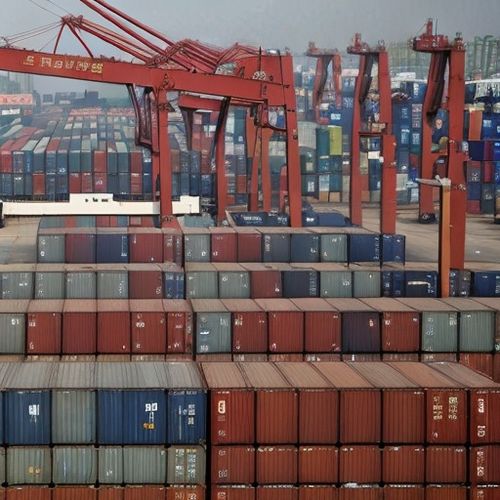
By Samuel Cooper/Apr 14, 2025
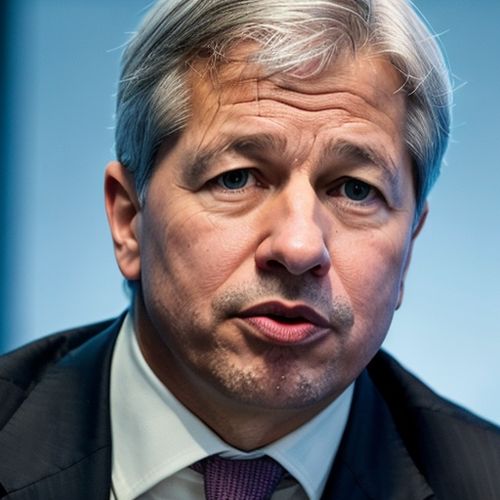
By Michael Brown/Apr 14, 2025

By Emma Thompson/Apr 14, 2025

By David Anderson/Apr 14, 2025
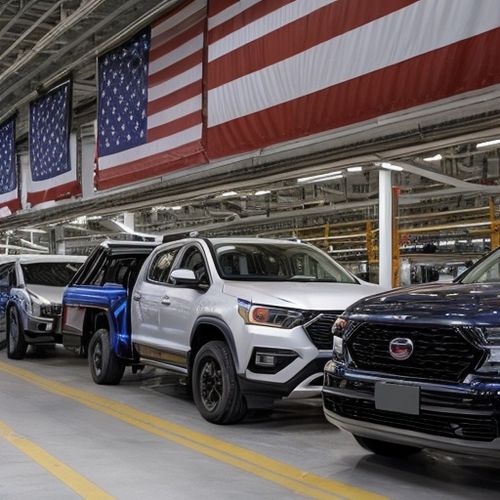
By Megan Clark/Apr 14, 2025
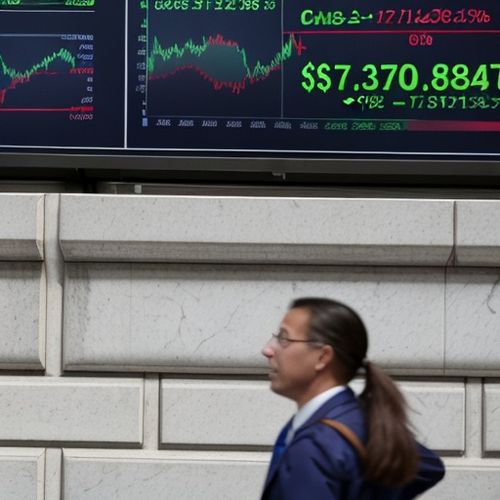
By Emma Thompson/Apr 14, 2025

By Thomas Roberts/Apr 14, 2025

By Rebecca Stewart/Apr 14, 2025

By Natalie Campbell/Apr 14, 2025

By Laura Wilson/Apr 14, 2025

By Ryan Martin/Apr 14, 2025
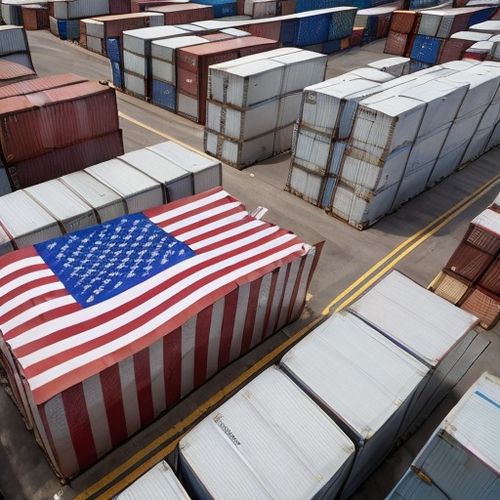
By Elizabeth Taylor/Apr 14, 2025
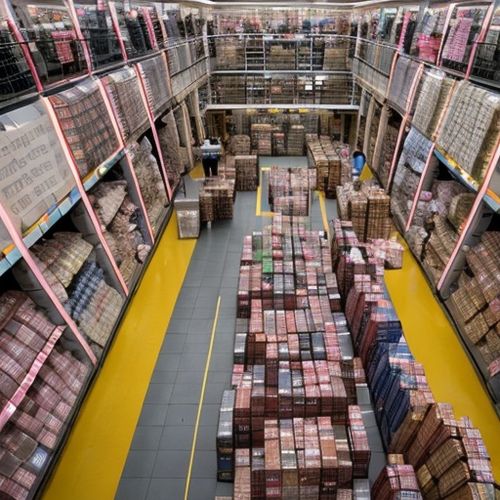
By Laura Wilson/Apr 14, 2025

By Sophia Lewis/Apr 14, 2025
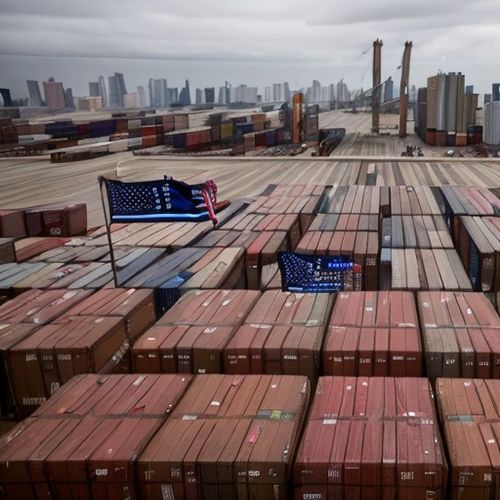
By Laura Wilson/Apr 14, 2025
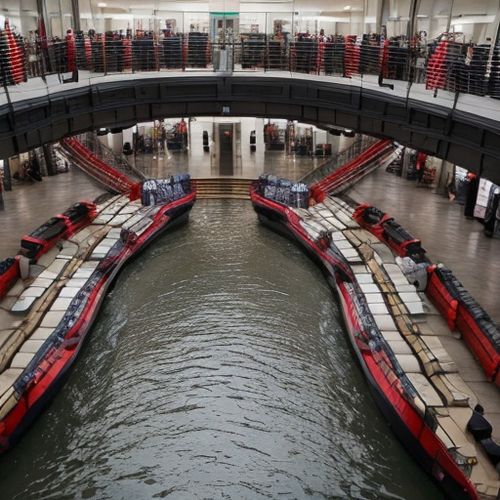
By Elizabeth Taylor/Apr 14, 2025

By Amanda Phillips/Apr 14, 2025
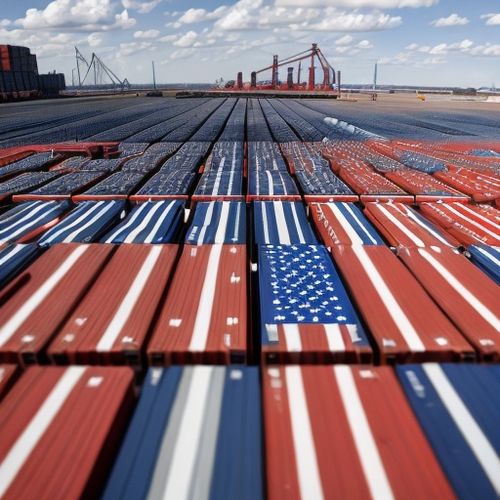
By Sarah Davis/Apr 14, 2025
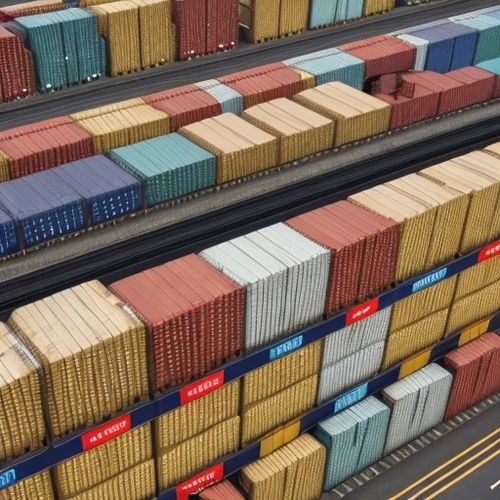
By Samuel Cooper/Apr 14, 2025